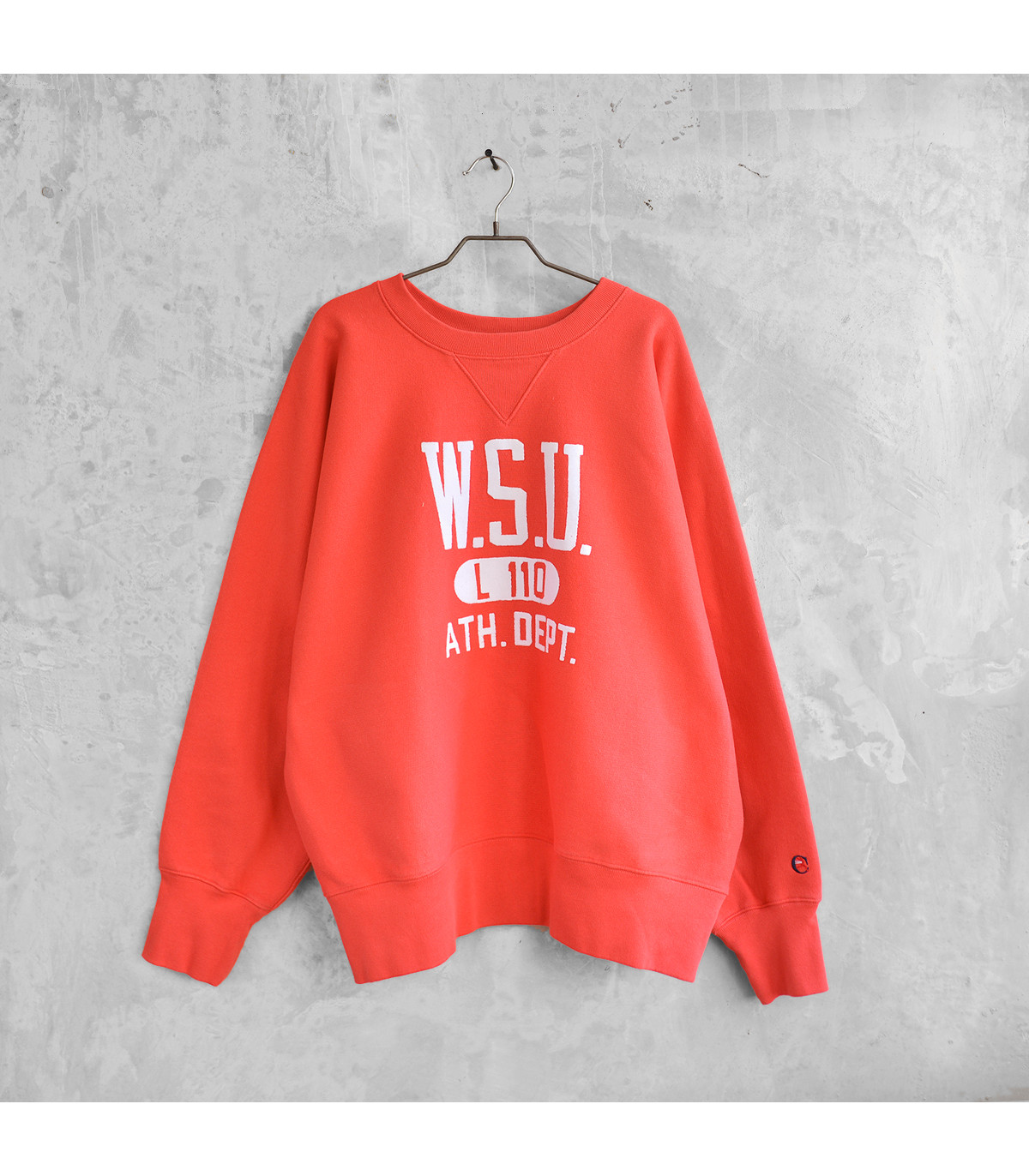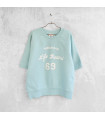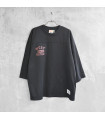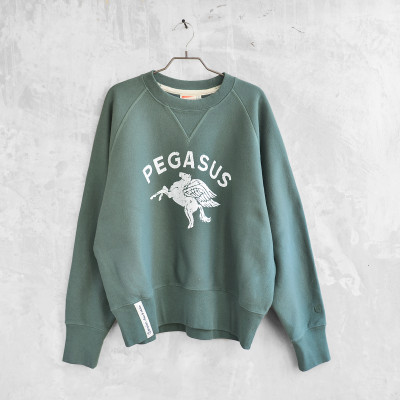1st Patent Crewneck Sweatshirt
Prior to Champion's innovation, athletic uniforms, particularly for American football players, were often made of wool. Wool was hot, heavy, itchy, and shrank unpredictably when washed, making it impractical for repeated, rigorous use and laundering.
Champion, founded in 1919, recognized this problem. By the early 1930s, they began experimenting with heavy-duty cotton jersey fabric, traditionally used for underwear, to create more durable, comfortable, and washable athletic wear. This led to the creation of the sweatshirt as we know it.
The true genius came with the patenting of the "Reverse Weave" technique in 1934 (though often cited as the mid-1930s or specifically 1934). This is what defines the "1st Patent" Crewneck.
Prior to Champion's innovation, athletic uniforms, particularly for American football players, were often made of wool. Wool was hot, heavy, itchy, and shrank unpredictably when washed, making it impractical for repeated, rigorous use and laundering.
Champion, founded in 1919, recognized this problem. By the early 1930s, they began experimenting with heavy-duty cotton jersey fabric, traditionally used for underwear, to create more durable, comfortable, and washable athletic wear. This led to the creation of the sweatshirt as we know it.
The true genius came with the patenting of the "Reverse Weave" technique in 1934 (though often cited as the mid-1930s or specifically 1934). This is what defines the "1st Patent" Crewneck.
Key Features and Design of the "1st Patent" Crewneck:
-
Heavyweight Cotton Jersey: Designed for warmth, durability, and comfort.
-
Reverse Weave Construction: The defining feature, with the fabric grain running horizontally to prevent vertical shrinkage.
-
Side Rib Gussets: Strategically placed panels under the arms to allow for ease of movement and prevent horizontal stretching. These are a visual hallmark of the original design.
-
Ribbed Cuffs and Hem: Provided a snug fit, keeping warmth in and maintaining the garment's shape.
-
Simple, Functional Design: No extraneous details, purely focused on athletic performance and utility.
-
"C" Logo (Often): While the full "C" logo on the sleeve often came later or varied, Champion branding was subtle and primarily utility-driven.
-
Durability and Longevity: Built to withstand the rigors of athletic training and repeated laundering, leading to its reputation for exceptional quality.















